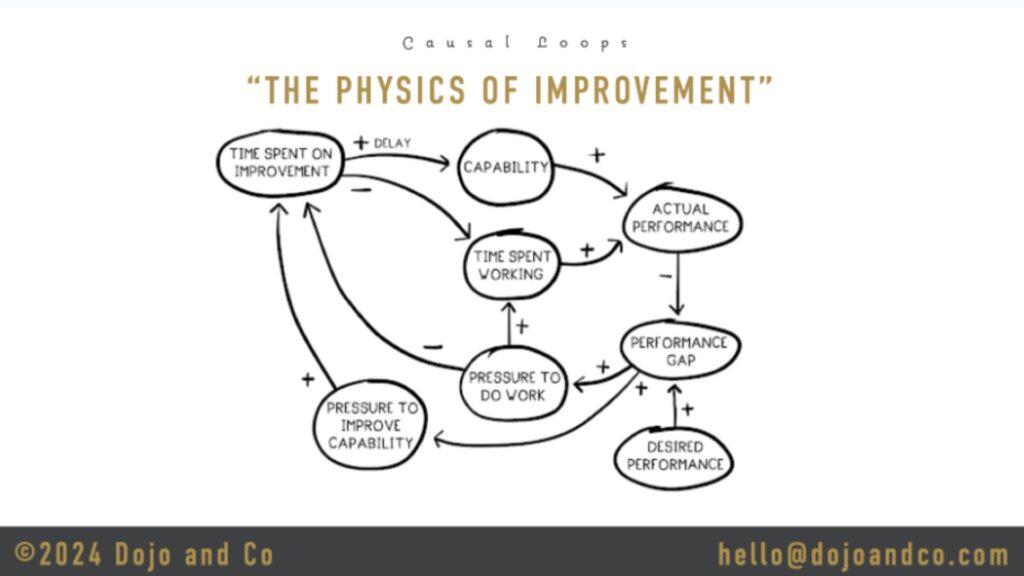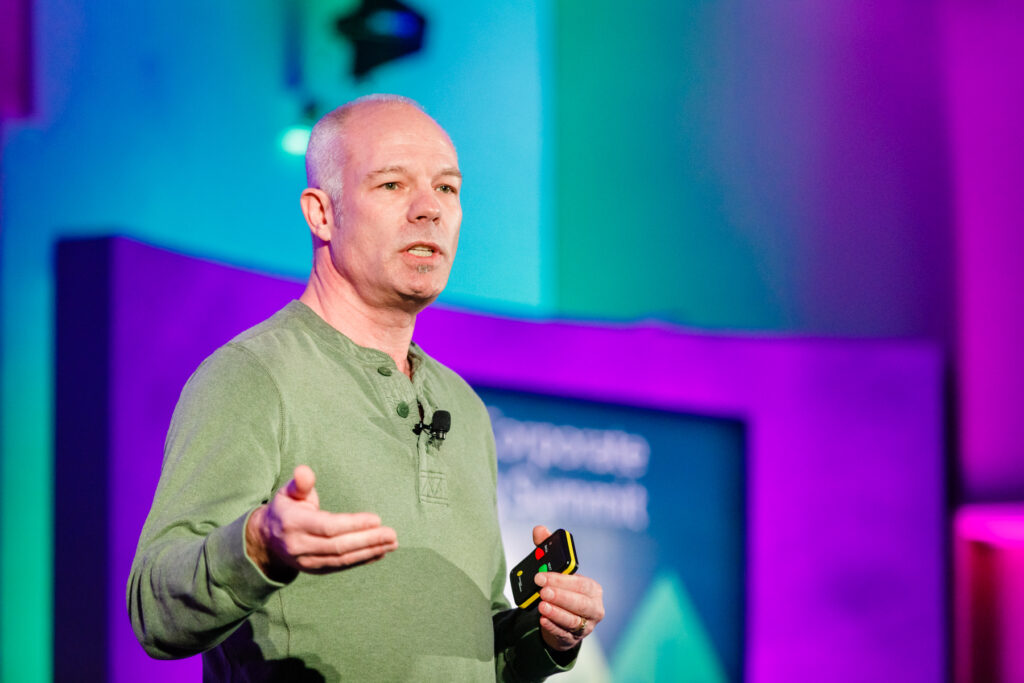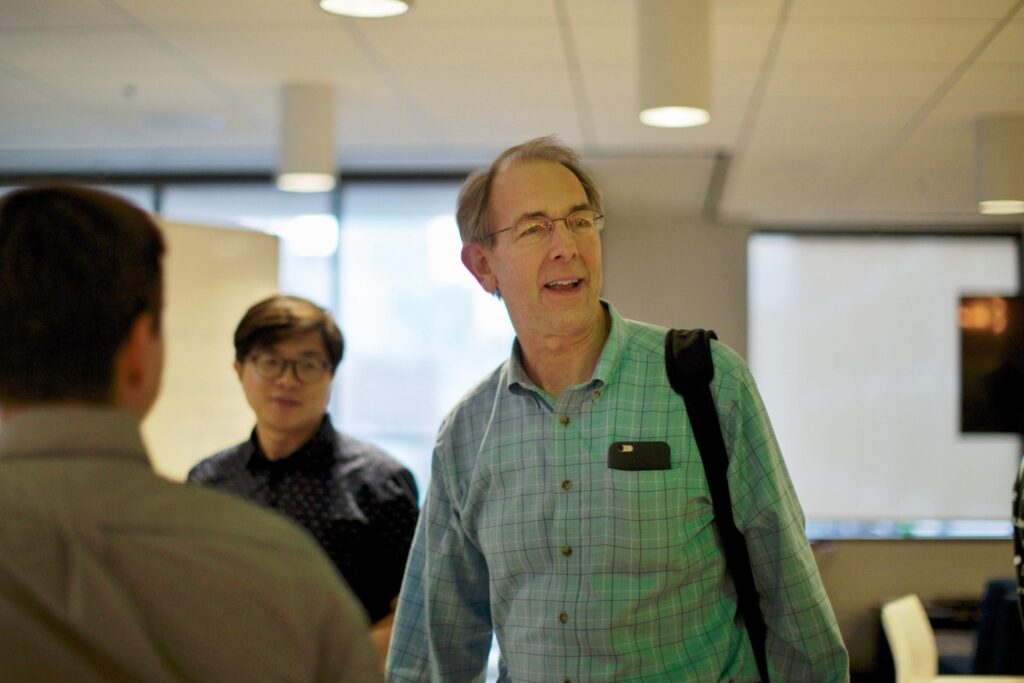Overview
PlusPlus is a direct result of Twitter University. In this article I interview our founder and CEO, Marko Gargenta, who, alongside his brother Sasa, co-created the platform that enabled Twitter to implement the sharing of knowledge at scale, and which became Twitter University when the company acquired it from Marko and Sasa. While Sasa continues to drive it at Twitter, Marko founded our company with the vision of helping thousands of other companies eliminate the barriers that keep knowledge trapped.
In this interview we explore the genesis of Twitter University from Marko’s unique perspective as the entrepreneur who brought it to them.
Define for us a “culture of learning.”
A culture of learning begins with laying the foundations of what I call “Peer Learning Framework.” This is a set of best practices that ignite a lasting culture of learning in an organization. This framework came out of our work on building Twitter University. There are six parts to this framework roughly represented by the wheel below, which I drew a while back, when we were creating the foundation for this framework.
Why is informal knowledge sharing between employees so important?
The answer is simple: over 80% of the learning that employees need to do their job effectively and to grow is informal; it happens when people mentor each other casually, if it happens at all. Formal training is great but falls way short, is static and becomes outdated very soon. Add to this the new remote working environment that the Covid-19 pandemic has created, and it is easy to see how this essential knowledge is trapped in the minds of those who can teach it.
What triggered Twitter’s realization that they needed a tool/platform to scale this knowledge sharing/coaching/training?
It all comes down to vision: the Twitter leadership wanted to build a company that will last over 100 years. Specifically, they realized that engineers needed to constantly learn to remain relevant and keep Twitter on the reading edge of innovation. To create a nimble engineering organization, they wanted to invest in an engineering up-leveling program. That’s where my startup, Marakana, came in. We saw their vision and successfully persuaded them that an independent training company would get them to realize their vision better. This is because it would provide a more objective ‘outsider’ view of the technical landscape, and, since it developed content for many clients, its courseware would be of higher quality than the internally developed materials. Eventually, we all agreed on the vision and Twitter University was born.
So what did you build? What is Twitter University?
Twitter University began as a platform for engineers to access training. As I wrote in an article that goes deep in detail on the elements that make Twitter University so valuable, as soon as we got going:
We also realized that engineers naturally gravitate towards wanting to share their knowledge, they just didn’t know how. They needed structure. Specifically, a structure for them not only to access formal knowledge and documentation to learn, but to share informal knowledge. We basically created an ‘Eventbrite’ for engineering teaching and learning that made for a one-stop-shop to easily post all kinds of classes, synchronize them to people’s calendars, promote them without friction, and get all kinds of metrics. If you go back to the diagram above, we literally coded it into the platform.
It became obvious that engineers struggled with the lack of understanding of the internal systems. Twitter had developed a number of internal tools, libraries and processes for doing software development. The understanding of how these things work was deep in their creators’ minds. Old-timers possessed this understanding and noobs had a hard time wrapping their head around how things work and how to do their job right. It was no longer an issue of training engineers on vanilla skills. It became about how to use the internal stuff.
What were the results?
Simple: Twitter found it so valuable that they bought Twitter University from us in 2013, and have grown it to encompass all their organization. Twitter University has become one of the cornerstones to stay relevant and get to their 100-year vision.
Why did you decide to replicate this outside Twitter?
Ever since humans developed language, they would gather around the fire. Elders would tell their stories. Their sharing of the wisdom would enhance the tribe. Each generation would get more prosperous. Fast forward to medieval times, where guilds of craftsmen or merchants would share their knowledge among their members to ensure the craft got better from person to person and from one generation to the next. Today’s organizations usually have the smartest people right on their teams. With a little structure and a framework, employees are empowered to learn from one another without friction. We created PlusPlus as the platform to enable teaching and learning at scale, just like we did for Twitter, so that individuals grow, morale rises, and companies thrive.
What is the result of not having a culture of knowledge?
Knowledge stays trapped. Innovation ceases. You become irrelevant. No way you can last 100 years. Maybe not even 25.







